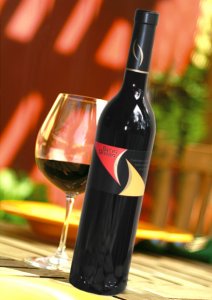 |
|
Wine Details
Price:
$90.00 per bottle
Description:
For those who can remember the ’95 vintage, this vintage is closest to that. This current wine is the most precocious yet. Bacio is very fruit forward, explodes on the palate with congenial berry fruit, yet slides away with a balance that rewards with long and lasting sweetness. Bacio is aromatic with ripe fruit, and is delightfully sweet and balanced.
|
|
|